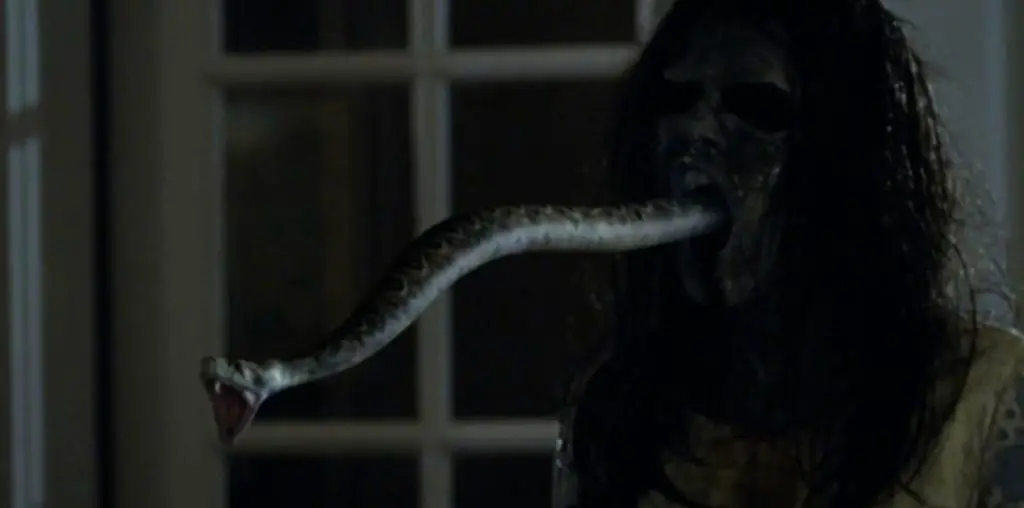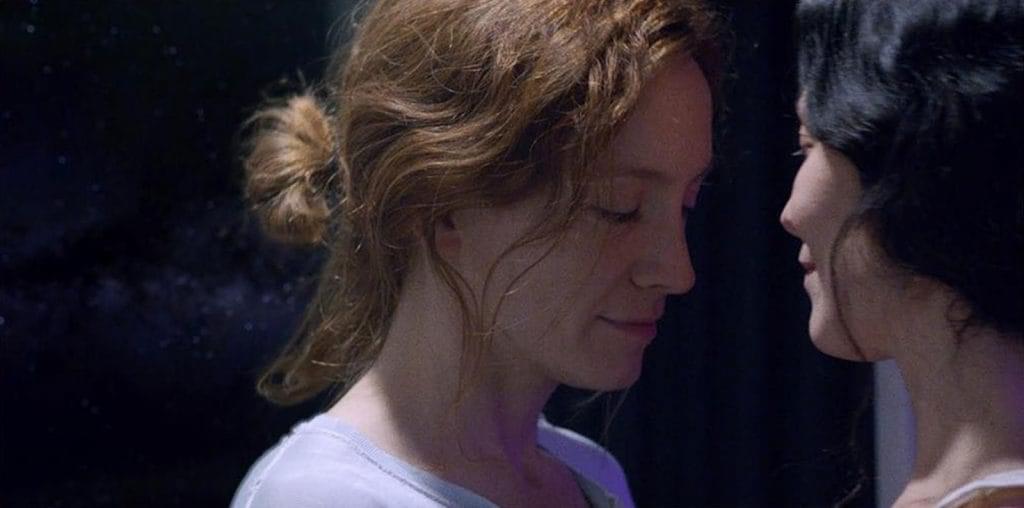
“L’age d’Or,” the 1930 follow up by Luis Buñuel and Salvador Dali to their surrealist landmark “Un Chien Andalou,” has been infamous primarily for the controversial initial reaction to the film (right wing protestors, believing the film was Communist-inspired blasphemy, rioted and successfully petitioned for the French government to ban it). As work of cinematic art, the film does not measure up to “Un Chien Andalou” in regard to the memorable swirl of images and cinematic ingenuity. Yet as a work of historic significance both within the Buñuel canon and in the realm of avant garde cinema, “L’age d’Or” deserves to be seen.
Running slight more than an hour, “L’age d’Or’ is not the easiest film to categorize. Many critics have seen it as a savage satire on religious hypocrisy and the repressive nature of bourgeois society, although much of the film. Henry Miller defined the film as “a succession of images without sequence, the significance of which must be sought below the threshold of consciousness.” The images are often hilarious and bizarre: a group of archbishops chanting on a rocky hillside are reduced to skeletons, a woman anxious for her arrested lover walks into her bedroom to discover a cow on bed, the nobleman who hosted a notorious orgy is revealed to resemble Jesus Christ, a woman looks into a mirror and is greeted with the image of clouds. What does it mean? Or should it mean anything?
The 1929 “Un Chien Andalou” was a silent film, but “L’age d’Or” came about as sound crept into motion pictures. Buñuel was not entirely comfortable with the early sound movie medium: “L’age d’Or” alternates between fluid sequences of silent cinema with synchronized music and sound effects and stolid (though mercifully brief) scenes where the action literally comes to a halt while the actors remain stiff as they blurt out their lines.
There are also several long sequences which seem to drag on endlessly, particularly a visit with a group of lethargic bandits (painter Max Ernst plays their dour leader) and a tour of “imperial Rome” which looks as if it was lifted from a newsreel or a travelogue. Dali, whose contributions to the film have been debated for years, denounced the film for being removed from his original concept. Perhaps if his working relation with Buñuel was more harmonious, “L’age d’Or” might not have more outrageous and challenging.
But even despite the film’s flaws, “L’age d’Or” was a startling endeavor for 1930 and its daring has been felt throughout the history of the cinema. It is impossible to claim an understanding of the medium without experiencing this wild landmark.


